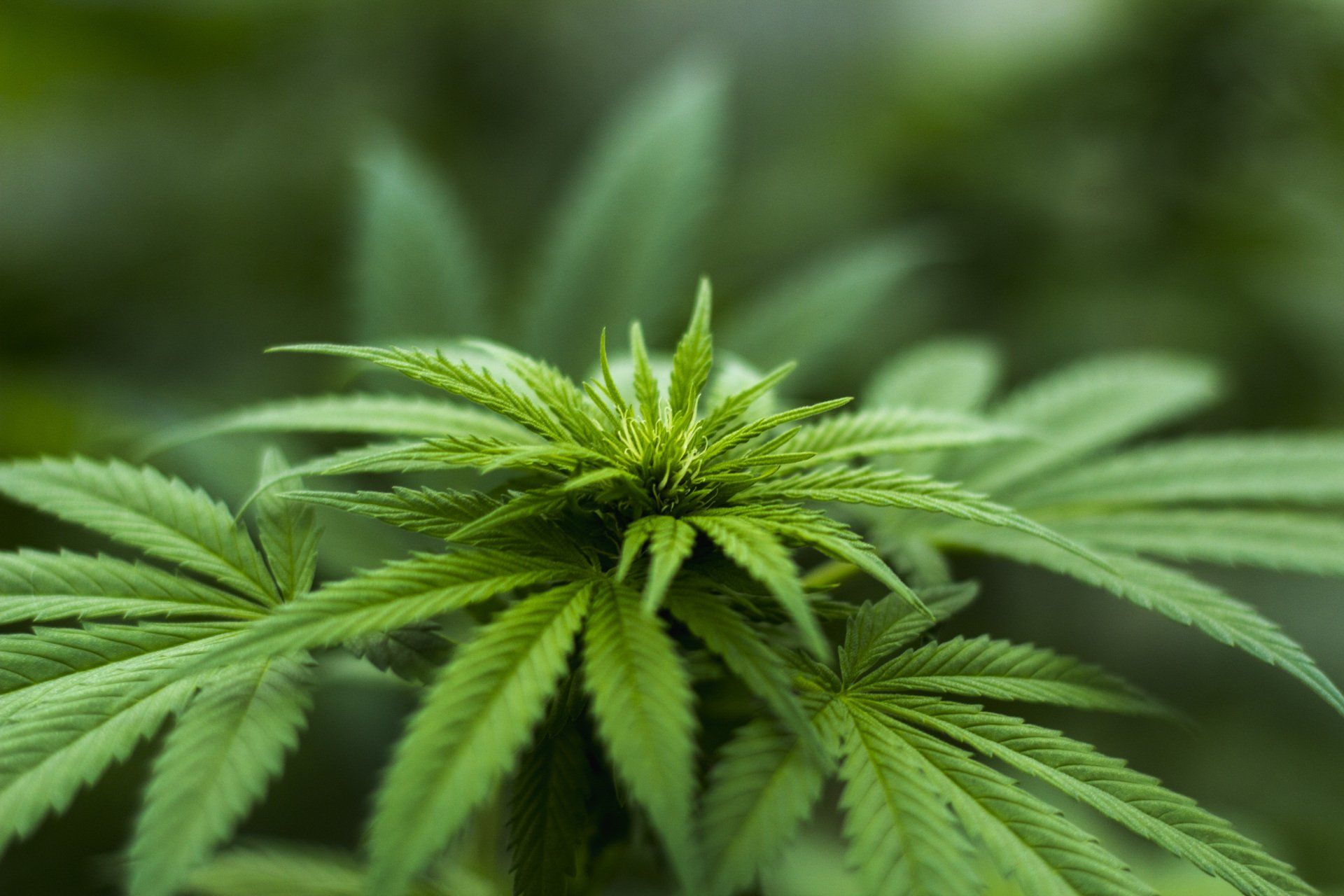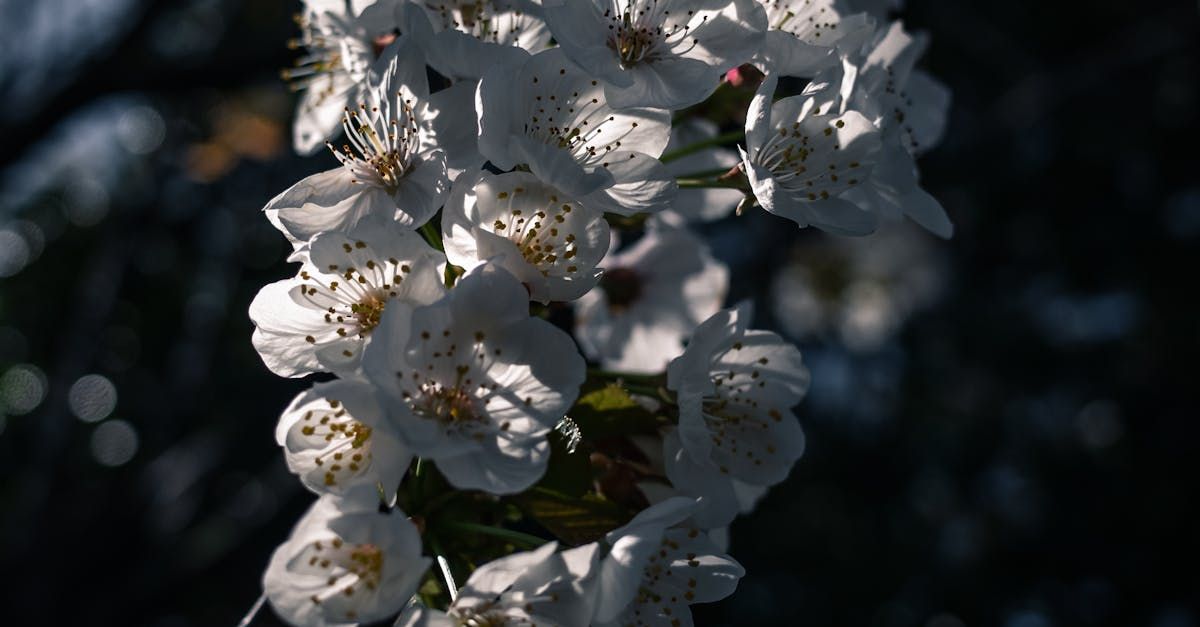Autoflowering Cannabis: What It Is and Why It's Taking the Industry by Storm
Understanding the Benefits and Drawbacks of Autoflowering Cannabis Strains
In recent years, autoflowering cannabis strains have become increasingly popular among cannabis growers and enthusiasts alike. But what exactly is autoflowering cannabis, and what makes it so special? In this article, we'll explore what autoflowering cannabis is, how it differs from traditional cannabis strains, and the benefits and drawbacks of growing and consuming autoflowering cannabis.
What is Autoflowering Cannabis?
Autoflowering cannabis is a type of cannabis plant that automatically switches from the vegetative stage to the flowering stage after a certain amount of time, rather than in response to changes in light cycles. This means that autoflowering cannabis plants do not require specific light cycles to start flowering, and can produce buds in as little as 8-10 weeks from seed. This is in contrast to traditional photoperiod cannabis strains, which require specific light schedules to induce flowering and can take up to 16 weeks or longer to mature.
Benefits of Autoflowering Cannabis
- Quick Turnaround: One of the main benefits of autoflowering cannabis is its quick turnaround time. Because autoflowering strains flower automatically, growers can harvest their plants much sooner than they would with traditional strains. This makes autoflowering cannabis an attractive option for growers who want to produce multiple crops in a single growing season.
- Compact Size: Autoflowering cannabis plants tend to be smaller and more compact than traditional strains, making them easier to grow in small spaces or indoor environments. This also makes them a good option for discreet outdoor grows.
- Resilience: Autoflowering cannabis strains are known for their resilience and ability to withstand adverse growing conditions. They are also less likely to be affected by pests and diseases, making them a good choice for beginner growers or those who want a low-maintenance grow.
Drawbacks of Autoflowering Cannabis
- Lower Yields: Because autoflowering cannabis plants have a shorter vegetative stage, they tend to produce smaller yields than traditional strains. This can be a drawback for growers who are looking to produce large quantities of cannabis.
- Less Potent: Autoflowering cannabis strains tend to have lower levels of THC and other cannabinoids than traditional strains, which can make them less potent and effective for certain medical conditions.
- Limited Control: Because autoflowering cannabis plants automatically switch to the flowering stage, growers have less control over the size and shape of their plants. This can make it more difficult to train and shape plants for maximum yields.
Autoflowering cannabis strains offer a quick and easy way to grow cannabis, with shorter turnaround times and less maintenance required than traditional strains. However, they also have some drawbacks, including lower yields and less potent effects. Whether you choose to grow and consume autoflowering cannabis will depend on your personal preferences and needs, but it's clear that these strains are becoming an increasingly popular option in the cannabis industry.
Disclaimer: The information provided in this article is for educational purposes only. The content is not intended to be a substitute for professional medical advice, diagnosis, or treatment. Always seek the advice of your physician or other qualified healthcare provider with any questions you may have regarding a medical condition. The use of cannabis, including smoking, may have potential health risks and may not be suitable for everyone. It is essential to understand and abide by the laws in your country or state regarding cannabis use. The author and publisher of this article are not responsible for any adverse effects or consequences that may result from the use of the information presented in this article. This blog is sponsored by Fresh Mint.
SHARE:
Disclaimer: The information provided in this article is for educational purposes only. The content is not intended to be a substitute for professional medical advice, diagnosis, or treatment. Always seek the advice of your physician or other qualified healthcare provider with any questions you may have regarding a medical condition. The use of cannabis, including smoking, may have potential health risks and may not be suitable for everyone. It is essential to understand and abide by the laws in your country or state regarding cannabis use. The author and publisher of this article are not responsible for any adverse effects or consequences that may result from the use of the information presented in this article. This blog is sponsored by
Fresh Mint.












